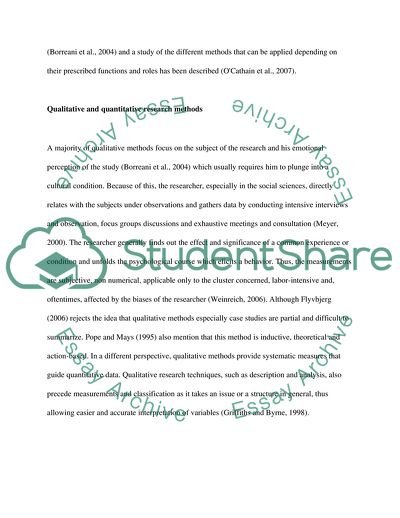Cite this document
(Quantitative and Qualitative Methods of Research Case Study, n.d.)
Quantitative and Qualitative Methods of Research Case Study. Retrieved from https://studentshare.org/systems-science/1709645-quantitive-and-qualitative-method-of-research
Quantitative and Qualitative Methods of Research Case Study. Retrieved from https://studentshare.org/systems-science/1709645-quantitive-and-qualitative-method-of-research
(Quantitative and Qualitative Methods of Research Case Study)
Quantitative and Qualitative Methods of Research Case Study. https://studentshare.org/systems-science/1709645-quantitive-and-qualitative-method-of-research.
Quantitative and Qualitative Methods of Research Case Study. https://studentshare.org/systems-science/1709645-quantitive-and-qualitative-method-of-research.
“Quantitative and Qualitative Methods of Research Case Study”. https://studentshare.org/systems-science/1709645-quantitive-and-qualitative-method-of-research.


